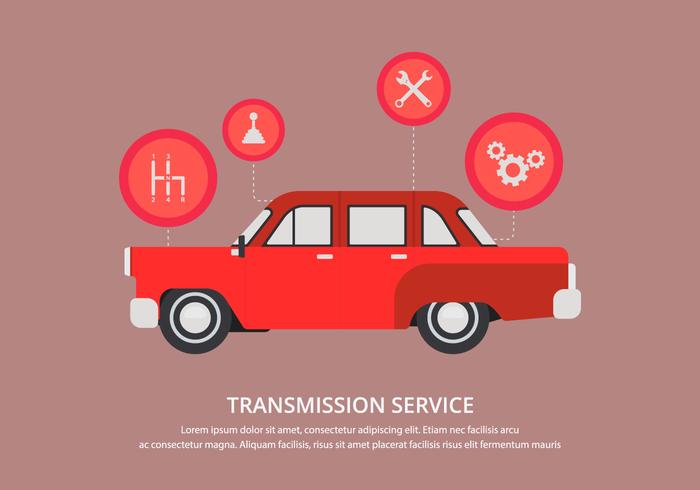Looking For Clarity On The Warning Lights Presented On Your Vehicle'S Control Panel? Figure Out Exactly How They Connect To Your Car'S Health And Safety
Looking For Clarity On The Warning Lights Presented On Your Vehicle'S Control Panel? Figure Out Exactly How They Connect To Your Car'S Health And Safety
Blog Article
Content Writer-Termansen Gilbert
When you're behind the wheel, those radiant caution lights on your control panel can be a little bit perplexing. Do you understand what they're attempting to inform you concerning your vehicle's health? Recognizing the value of these lights is important for your safety and the long life of your car. So, the next time among those lights pops up, wouldn't you intend to decipher its message accurately and take the needed actions to resolve it?
Common Warning Lights and Interpretations
Identify typical warning lights in your auto and understand their significances to guarantee secure driving.
The most typical caution lights include the check engine light, which signifies problems with the engine or exhausts system. If this light begins, it's vital to have your car checked quickly.
The oil stress alerting light shows low oil pressure, calling for immediate attention to prevent engine damages.
A flashing battery light could recommend a defective charging system, possibly leaving you stranded otherwise resolved.
The tire pressure tracking system (TPMS) light notifies you to low tire pressure, influencing vehicle security and gas effectiveness. Disregarding this could result in dangerous driving conditions.
car clean detailing shows a trouble with the anti-lock stopping system, jeopardizing your capability to quit promptly in emergencies.
Last but not least, the coolant temperature level cautioning light warns of engine getting too hot, which can lead to extreme damage if not resolved promptly.
Recognizing these common warning lights will certainly help you resolve issues promptly and maintain risk-free driving problems.
Relevance of Prompt Attention
Comprehending the common caution lights in your car is just the primary step; the relevance of without delay addressing these cautions can not be stressed sufficient to guarantee your security when driving.
When a caution light illuminates on your dashboard, it's your cars and truck's means of communicating a potential issue that requires interest. Disregarding these cautions can bring about extra extreme troubles down the road, endangering your security and possibly costing you extra in repairs.
Trigger attention to alerting lights can stop malfunctions and accidents. For example, a blinking check engine light can indicate a misfire that, if left ignored, can cause damages to the catalytic converter. Addressing this quickly can save you from an expensive repair.
In mouse click the following webpage , a brake system cautioning light may indicate reduced brake liquid or worn brake pads, important components for your safety and security when driving.
Do It Yourself Troubleshooting Tips
If you discover a caution light on your dashboard, there are a few DIY fixing suggestions you can try prior to seeking expert assistance.
The first step is to consult your auto's handbook to recognize what the details caution light suggests. Occasionally the concern can be as basic as a loose gas cap setting off the check engine light. Tightening the gas cap might solve the issue.
An additional usual problem is a reduced battery, which can set off different advising lights. Inspecting the battery links for corrosion and guaranteeing they're protected might take care of the trouble.
If a caution light lingers, you can try resetting it by detaching the vehicle's battery for a few minutes and afterwards reconnecting it. In addition, checking your vehicle's fluid levels, such as oil, coolant, and brake liquid, can aid repair advising lights connected to these systems.
Verdict
In conclusion, comprehending your automobile's caution lights is vital for maintaining your automobile running smoothly and safely. By quickly addressing these alerts and understanding what they mean, you can prevent pricey fixings and prospective break downs.
Bear in mind to consult your auto's manual for certain information on each cautioning light and take action as necessary to make sure a hassle-free driving experience.
Remain educated, remain secure when driving!
